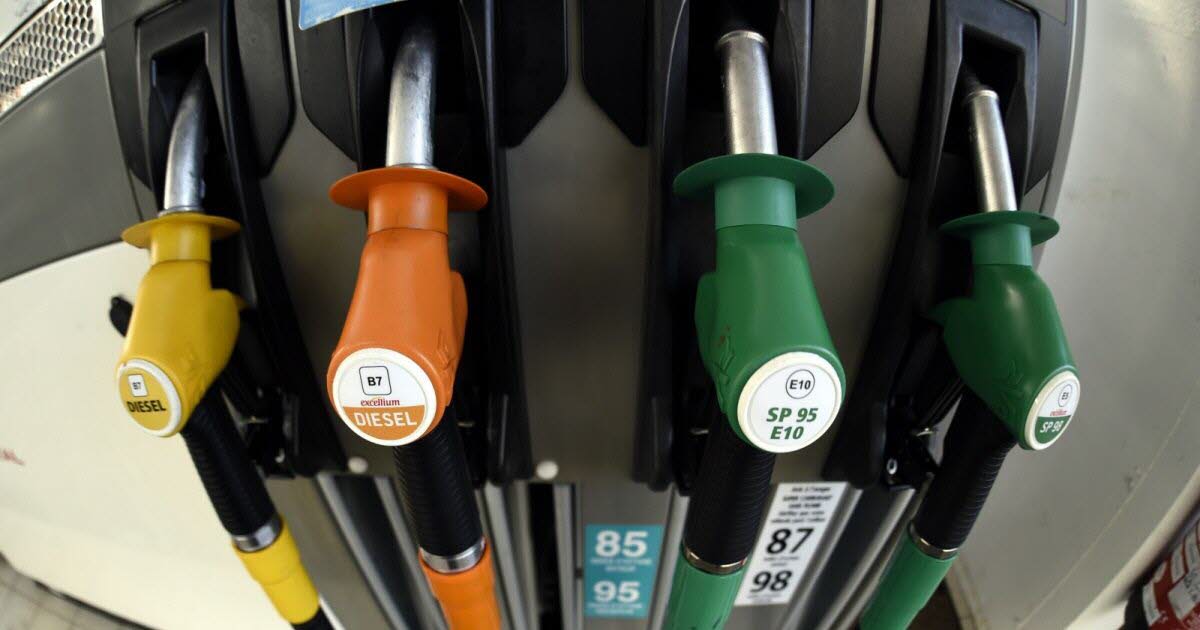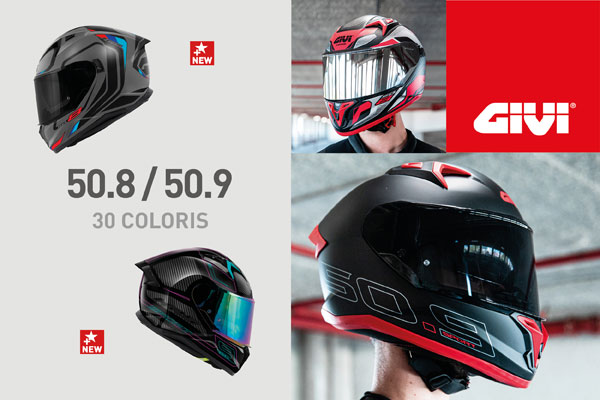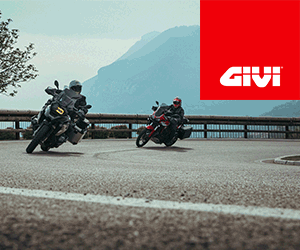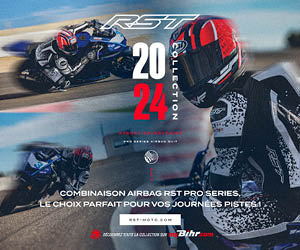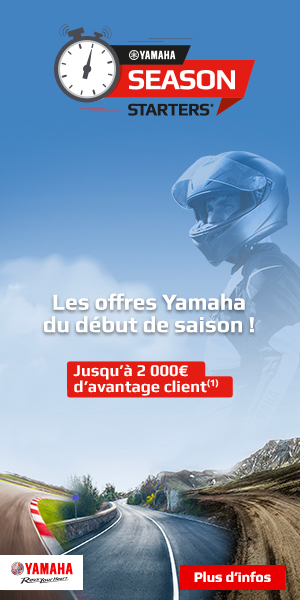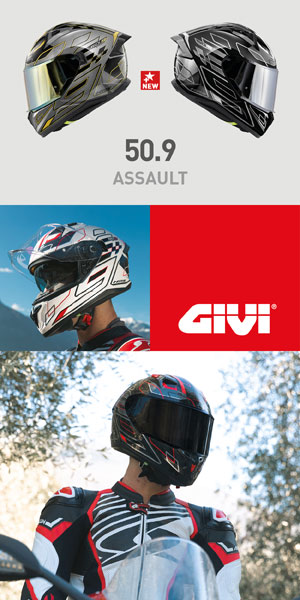Contrary to what many believe, a fuel's octane rating, sometimes abbreviated as MON or RON, is not a measure of a fuel's energy. All commercial species release almost equal amounts of heat energy when burned. This is because the many different structures of hydrocarbon molecules found in commercial gasoline contain similar proportions of hydrogen and carbon atoms. So what does the RON or even the MON measure?
The RON and MON specify something relatively important for engine manufacturers: how much we can use this fuel for energy. Engine manufacturers know that increasing an engine's compression ratio increases the maximum combustion pressure the fuel generates when burned. The rule of thumb here is that maximum combustion pressure is 100 times the compression ratio. So why not just increase the compression to 20:1 in order to increase horsepower and torque?
When we increase the compression ratio too high for the fuel we are using, chemical changes occur in the fuel-air mixture, caused by heat from this additional compression. This can cause unwanted detonation, also called knock, which causes the pistons to erode and overheat, and can lead to seizure or engine failure.
To solve this problem, aircraft engine designers in the 1920s and 1930s began to supercharge their engines, using pumps or blowers to push more mixture into the engines than they could naturally draw in, thus gaining the power. Much like extra compression, turbocharging added extra heat and pressure to the air-fuel mixture, possibly enough to cause knock.
In 1900, rattling was still a mystery. In 1920, experimental trial and error revealed that gasoline made from oil from an oil field (e.g. Borneo, present-day Indonesia) could tolerate a higher compression ratio, or greater degree of boost. higher, than fuel from another field (for example Californian crude oil).
An important clue, but that alone wasn't specific enough. What users needed was real knowledge of a given fuel's resistance to knocking under specified conditions.
The result, after considerable research, was the octane number scale for rating the knock resistance of specific gasolines. In gasoline, the higher the octane number, the better the gasoline offers resistance to self-ignition. A quality which delays the appearance of engine knock, designating abnormal combustion which causes a resonance of the explosion on the walls of the piston and the combustion chamber. In summary, the octane number makes it possible to measure the resistance to self-ignition or uncontrolled ignition of a fuel in a spark-ignition engine. The higher the octane number of your gasoline, the longer the longevity of your engine is preserved.
We distinguish the Research octane number (RON), which represents the behavior of a fuel at low speed and acceleration, from the Engine octane number (MON), which represents the behavior of the fuel at high speed and acceleration. at high load.
If this is not a measure of the power of a fuel, why not choose the fuel with the highest octane number as soon as possible? This is of no use because the engine has been tuned for a specific RON: today, when purchasing a vehicle, the RON recommended by the manufacturer is detailed in the owner's manual
In our world today, there is no need to think about all this, because many engines, both cars and motorcycles, are now equipped with automatic knock detection and suppression systems in the ECU. The acute vibration of the knock is detected by an accelerometer mounted on the cylinder head: if knock appears, the system delays the ignition just enough to eliminate this phenomenon.










